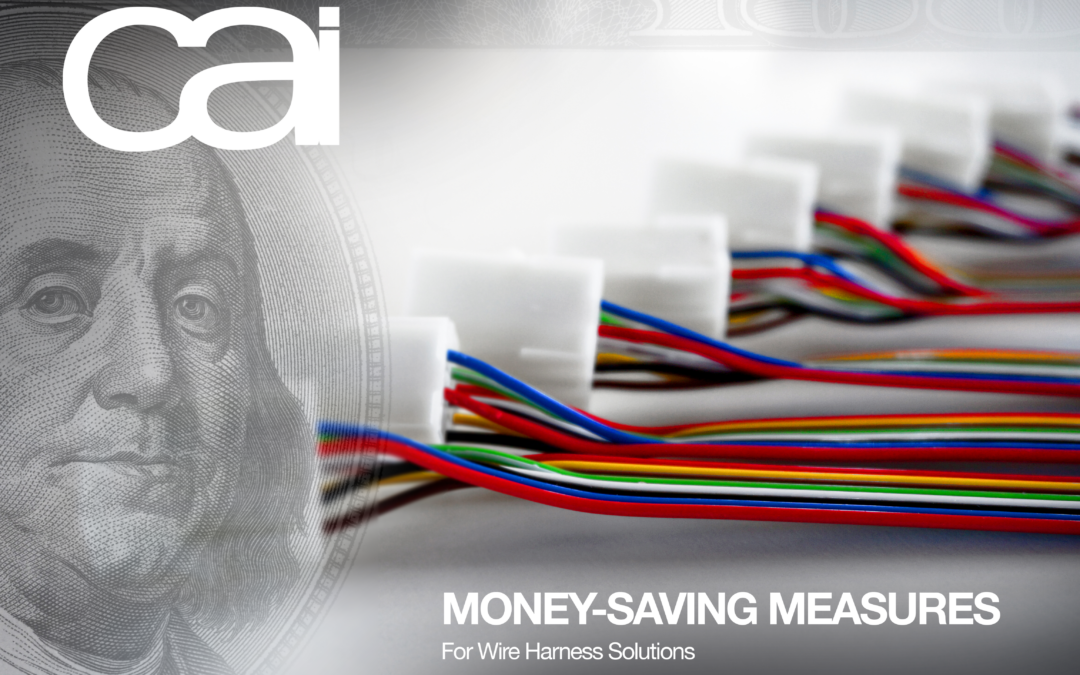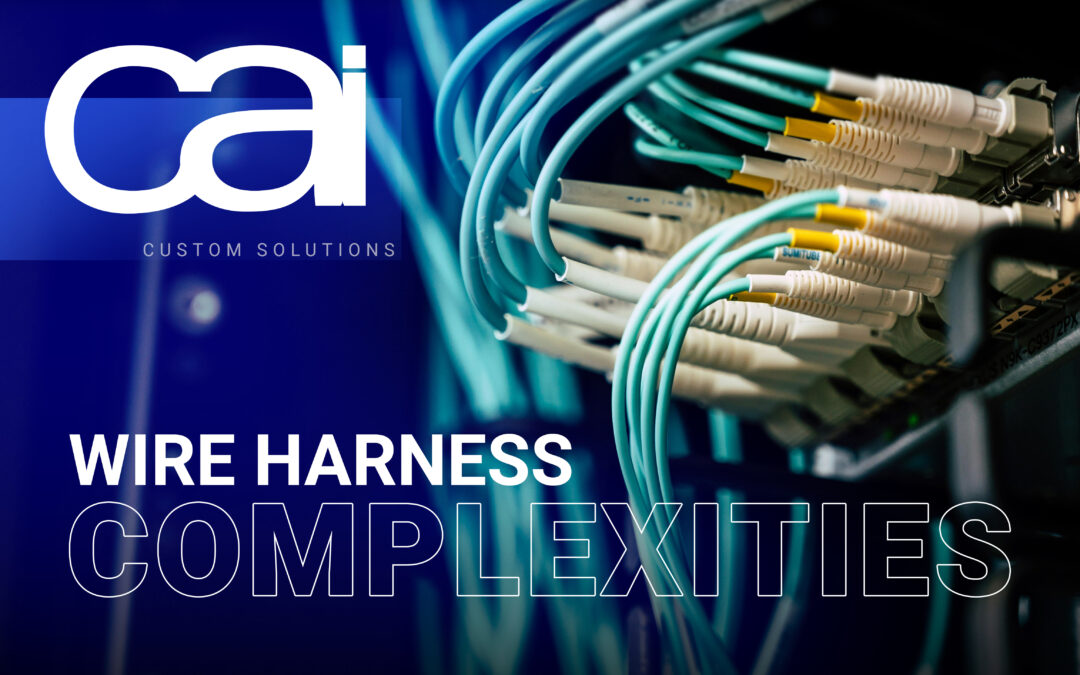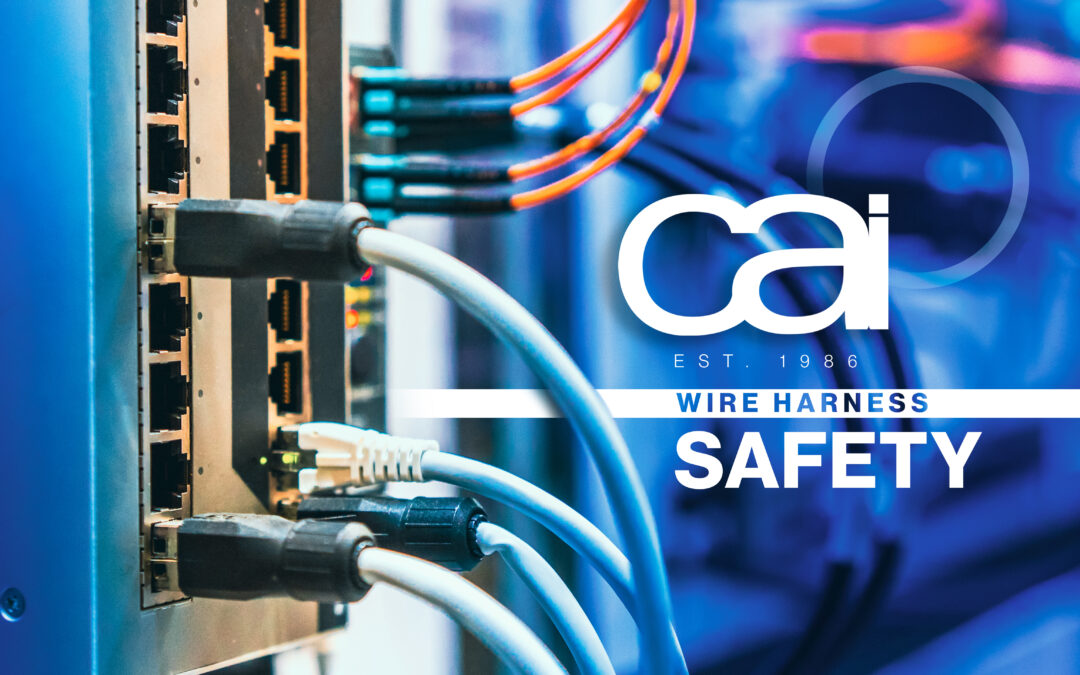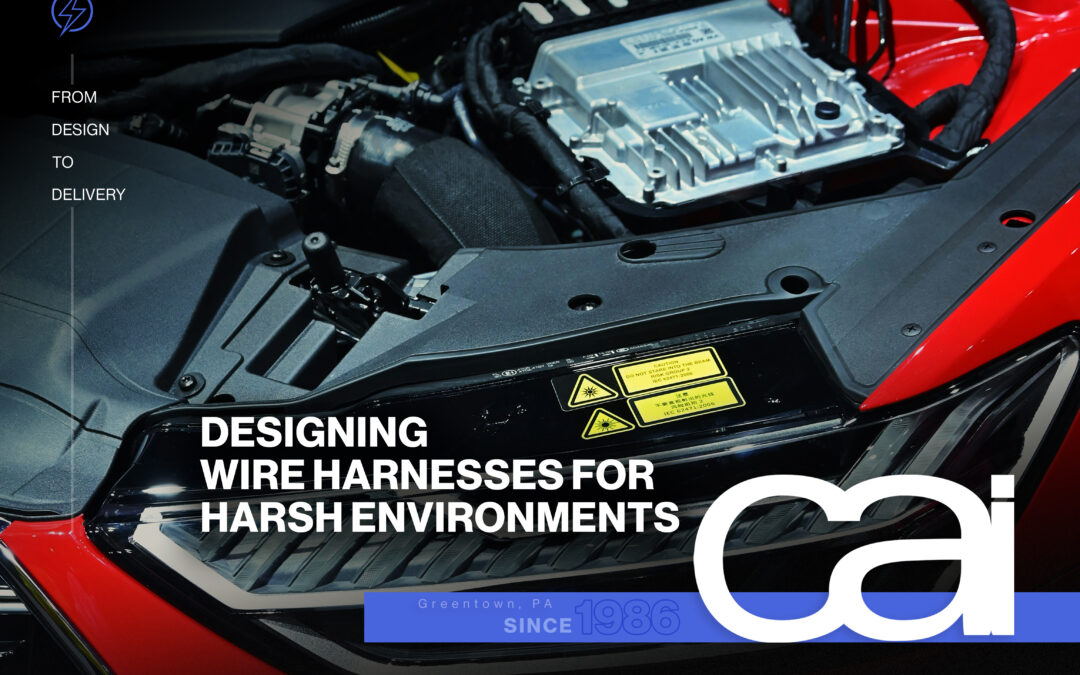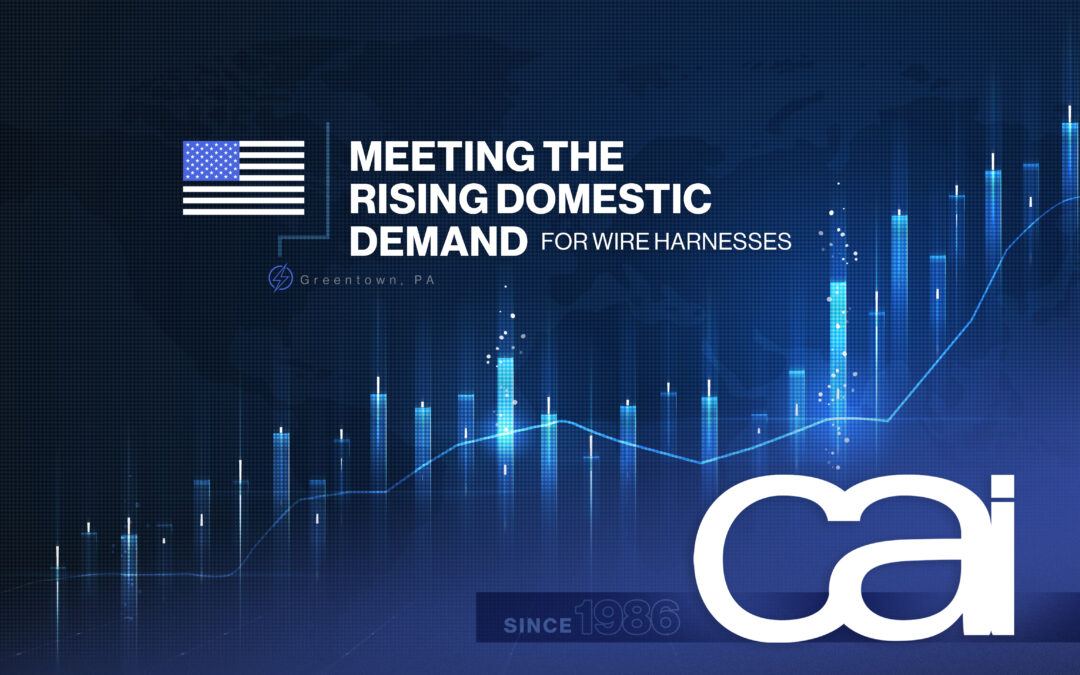From D-Subs to Coaxial Cables, These Are Some of the Most Popular Types of Cable Assemblies
Cable assemblies are vital to the operation of essential electronic systems in a countless number of industries from medical and telecommunications to automotive and aerospace. Without them, there would be no transmission of power and data, making such machines and devices useless.
Consisting of cables, connectors, and other electronic components assembled together to form a complete unit, cable assemblies are designed to perform optimally by meeting specific requirements for their intended applications such as high-speed signal transmission and those with significant environmental threats like high temperatures or harsh chemicals.
Due to the myriad of different electrical systems, assemblies are not one size or type fits all. In fact, although some are common across industries, there is a wide variety of cable assembly types out there, giving manufacturers plenty of options.
Many cables are named after their unique connectors (and specific interface specifications needed), such as USB-C and coaxial cables, while some are named for their unique overall design, such as fiber optic and ribbon cables.
Manufacturing custom cable assemblies and wire harnesses for over 35 years, CAI is familiar with all types based on the application and the requirements of the device it will be serving. For all your cable assembly needs from prototype to delivery, reach out to CAI today!
These are some of the most common cable assembly types used today:
D-Sub Cable Assemblies
Named for the D-shaped metal shield at each end and their compact size compared to the larger D-type, D-subminiature cables contain two or more parallel rows of “male” pins or “female” sockets in each of their connection points.
Often used in computer and telecommunications applications, D-subs come in a variety of sizes and pin configurations, and can transmit analog and digital signals, making them versatile and adaptable to a multitude of applications. The most common configurations are 9-pin, 15-pin, 25-pin, and 37-pin, while higher-density ones, such as the 50-pin, 68-pin, and 78-pin, are used in more complex electronic systems. Priced lower than other high-density cable assembly options, D-subs are widely available and relatively easy to manufacture.
D-sub connectors typically feature thumbscrew locking mechanisms that are inserted into compatible interfaces to ensure that the connection remains secure and resistant to vibration and shock.
USB Cable Assemblies
Short for Universal Serial Bus, USB is a common type of computer port that has been making charging and transferring data between devices easier since the 90s. With the increased popularity of computers and smartphones in the past two decades, USB cables have rapidly become one of the most popular types of cable assemblies.
USBs come in different types, including USB-A, USB-B, and the newer, smaller USB-C, and also different speeds, such as USB 2.0 and the faster USB 3.0 and USB 3.1. When you’re using a cable to charge your laptop or phone these days, there’s a good chance you’re using a USB-C.
Due to its versatility, high-speed data transfers, convenient reversible design, and compatibility with multiple protocols, USB-C is now a more popular choice for many manufacturers to pair with their electronic products over other USB standards as well as other standards such as Thunderbolt and DisplayPort.
Also used mostly for computer and phone applications, Apple’s proprietary Lightning cords aren’t technically USBs but work similarly in that they’re reversible and support similar speeds.
Fiber-Optic Cable Assemblies
Instead of carrying data via electricity, fiber-optic cables transmit it via light pulses, generated by small lasers or light-emitting diodes, over long distances through the use of strands of glass fibers which aren’t much larger than a single human hair.
The center of each strand, or core, is surrounded by a layer of glass, or cladding, that reflects light inward allowing the light to pass through bends in the cable and avoiding loss of signal. These fibers are individually coated with plastic layers and contained together in a protective tube.
Often used in telecommunications, cable TV, internet, and medical equipment, these types of cables deliver higher bandwidth, longer transmission distances, and enhanced EMI and tampering resistance.
There are two primary types of optical fiber cables: single mode which uses extremely thin glass strands and a laser to generate light; and multi-mode optical fiber cables which use LEDs.
LED Cable Assemblies
Commonly used in residential, commercial, automotive, and decorative lighting, solid state lighting (SSL) cables, aka LED cables, are low-voltage DC power cables used in lighting systems which use semiconductor light-emitting diodes (LEDs), organic light-emitting diodes (OLED), or polymer light-emitting diodes (PLED) as sources of illumination rather than electrical filaments, plasma, or gas.
Known for their energy efficiency, low maintenance, and longevity, LED cable assemblies feature two conductors and a protective outer jacket, and come in a wide range of gauges and lengths.
Ribbon Cable Assemblies
One of the more unconventional-looking cable assemblies, ribbon cable assemblies have their wires laid parallel to each other, creating a flat, wide, rectangular shape that resembles a ribbon, rather than a tight, round bundling of wires in a sheath.
A mainstay component inside old computers, these assemblies come in multi-branch, split, non-PVC, and other types. They allow for mass termination utilizing insulation-displacement connectors (IDC) which interface through a row of sharp forked contacts. Relatively low cost, easy to use, and high density, their unique design also offers easy identification and maintenance.
While round cables have replaced flat ribbon cables as the preferred choice for external connections and are quickly taking over for internal ones, ribbon cables are still advantageous to round ones especially when space is a major concern.
Circular Connector Cable Assemblies
Utilizing connectors featuring circular patterns, circular connector cable assemblies offer enhanced durability through an incredibly secure connection which is resistant to vibration, impact damage, EMI, moisture, and environmental contaminants.
Commonly used in aerospace, medical equipment, transportation, military, and industrial applications, circular connector cables house multiple pins or contacts for transmitting power and data. They’re available in different gauges, materials, and designs for handling different voltage and frequency levels. They’re also typically easy to connect and disconnect which makes frequent maintenance and repair simpler.
Made of durable materials such as stainless steel, plastic, and aluminum, for enhanced resistance to corrosion and abrasion, circular connector cables come in a wide variety of configurations including standard circular as well as DIN, metric, hermetic, keyed, push-pull, mixed signal, and micro/nano versions.
Through advanced sealing technologies such as gaskets, O-rings, and silicone seals, waterproof circular connector cables provide enhanced protection from damaging water and contaminants.
Coaxial Cable Assemblies
One of the most widely used types of cables for transmitting electrical signals, a coaxial cable is a durable and flexible option with an inner conductor and outer shield that share the same geometric axis.
Featuring a signature metal connector with a pin in the middle called an “F-type” connector, coaxial cables come in multiple sizes and configurations to handle video, audio, and data signals. Coaxial cables also include insulating dielectric material and EMI shielding which help ensure limited signal loss and degradation.
Traditionally a staple of radio applications, coaxial cable assemblies have become reliable options for digital signals found in cable TV, Wifi, internet systems, and more.
There are several different types of coaxial cable assemblies including hard line (used for broadcasting and radio), radiating, RG-6 (used in and around housing), triaxial, twin axial, semi-rigid, and rigid (used for high-power transmission).
There are vast cable assembly types and connector options available today, so choosing the best options isn’t always easy. That’s why it’s so important to rely on true experts and craftsmen to not only help you design the perfect product for your specific application and make all the right choices but also save you time, money, and hassle along the way.
With over 35 years of cable assembly and wire harness experience, we’re a company you can trust to get it right. Discuss your vision and electrical needs with us or fill out this short form to request a quote today!
